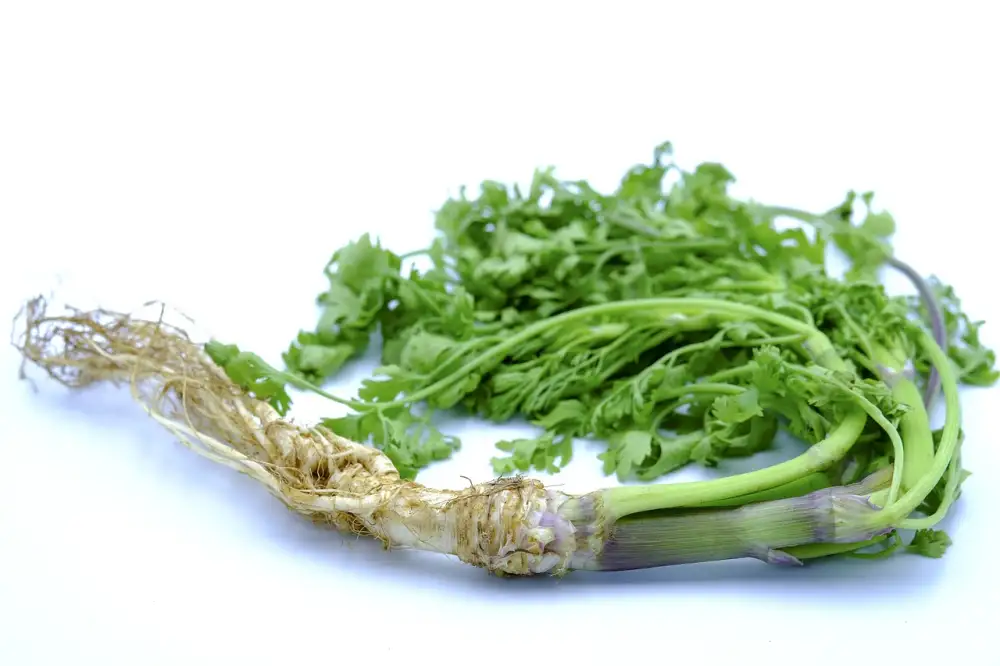Coriander vs. Cilantro: Unraveling the Culinary Confusion

Coriander and cilantro are two terms often used interchangeably, causing confusion among cooks and food enthusiasts. However, they refer to different parts of the same plant, Coriandrum sativum. In the United States, the leaves and stems of this plant are referred to as cilantro, while the seeds are known as coriander. This herb is widely used in various cuisines around the world for its distinct flavor profile that adds a fresh and citrusy note to dishes. Understanding the difference between coriander and cilantro is essential for enhancing your culinary skills and creating delicious meals.
Botanical Distinction Between Coriander and Cilantro
Botanically speaking, coriander and cilantro come from the same plant, Coriandrum sativum. However, the term "coriander" typically refers to the seeds of the plant, while "cilantro" is used to describe the fresh leaves and stems. The seeds have a warm, citrusy flavor with a hint of sweetness, commonly used in spice blends and for pickling. On the other hand, cilantro leaves are pungent and citrusy with a slightly soapy taste to some individuals. Understanding this botanical difference is essential for using these ingredients correctly in culinary applications.
Culinary Usage of Coriander and Cilantro
Coriander seeds are commonly used as a spice in various cuisines around the world. They have a warm, nutty flavor with citrus undertones, making them a popular ingredient in curries, stews, pickles, and marinades. The seeds can be ground into a powder or used whole to add depth and complexity to dishes.
On the other hand, cilantro leaves are known for their fresh, citrusy flavor with hints of parsley. Cilantro is widely used in Mexican, Indian, Middle Eastern, and Southeast Asian cuisines. It is often added as a garnish to dishes such as salsas, guacamole, curries, salads, and soups to provide a burst of freshness and color.
Both coriander seeds and cilantro leaves are versatile ingredients that can be used in both cooked and raw dishes to enhance the overall flavor profile. It's important to note that while they come from the same plant, their distinct flavors offer unique culinary experiences when used in different ways.
Regional Variations in Terminology
In different parts of the world, the terms "coriander" and "cilantro" are used interchangeably, leading to confusion. In the United States and Canada, the term "cilantro" refers to the fresh leaves and stalks of the plant, while "coriander" typically refers to the dried seeds. However, in countries like the United Kingdom and Australia, both fresh leaves and seeds are commonly referred to as "coriander." Understanding these regional variations in terminology can help clarify any confusion when discussing recipes or shopping for ingredients internationally.
Tips for Substituting Coriander and Cilantro in Recipes
When substituting coriander for cilantro or vice versa in a recipe, it's important to consider the flavor profile you're aiming for. If a recipe calls for fresh cilantro and you only have coriander leaves, try using parsley as a substitute due to its similar fresh and slightly peppery taste. Similarly, if a recipe requires ground coriander but you only have ground cilantro, use half the amount called for as ground cilantro tends to be more potent. Experiment with small amounts first to adjust according to your taste preferences.
In conclusion, it is essential to recognize the clear distinction between coriander and cilantro. While they come from the same plant, coriander refers to the seeds, and cilantro denotes the leaves and stems. Understanding this botanical difference is crucial in culinary contexts to ensure accurate ingredient usage. By being mindful of these distinctions, chefs and home cooks can elevate their dishes with the unique flavors each component offers. So next time you're in the kitchen, remember to differentiate between coriander and cilantro for a more refined cooking experience.
Published: 21. 04. 2024
Category: Food



